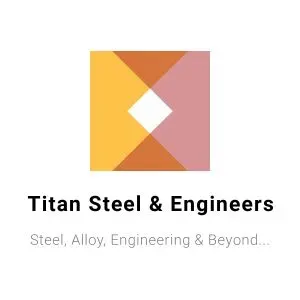Title
Demystifying Vertical Turbine Pumps with a Detailed Diagram
Introduction
- Start by highlighting the importance of vertical turbine pumps in various industries such as agriculture, industrial water supply, and municipal water services.
- Provide a brief definition of vertical turbine pumps as a versatile type of centrifugal pump used for handling fluids in scenarios where high capacity and long pumping distances are needed.
- Explain the objective of the blog, which is to break down the components, functionality, and importance of vertical turbine pumps through a simple, visually supported approach.
- Offer readers a quick glimpse of the value they’ll gain, including an understanding of the pump’s working principle, its advantages, and tips for maintenance.
Body Sections
Introduction to Vertical Turbine Pumps
- Define what a vertical turbine pump is and provide context for why it’s widely used in applications like irrigation, municipal water supply, and power plant cooling.
- Highlight its unique ability to pump fluids efficiently from deep wells or reservoirs.
- Include a brief mention of common industries where these pumps dominate.
Components of a Vertical Turbine Pump
- Use a detailed, labeled diagram to visually explain the key components of a vertical turbine pump.
- Break down the purpose and function of each component, such as the bowl assembly, column pipe, and pump head.
- Highlight the impellers and their centrifugal action in moving the fluid.
- Explain the column pipe as the guiding structure for the pump shaft and as the conduit for the liquid.
- Describe the pump head assembly, which enables the pumped liquid to exit the system.
- Discuss the importance of design variations, such as multi-stage pumps for high-pressure applications.
Working Principle
- Explain how vertical turbine pumps operate step-by-step:
- Fluid enters through the suction bell (located at the bottom).
- Impellers rotate to create centrifugal force, which moves the liquid upward.
- The liquid travels through the column pipe and exits at the discharge point at the pump head.
- Showcase how the pump is driven by a motor or an engine placed vertically on top of the system.
- Address key technical factors like energy conversion, flow rates, and efficiency.
Advantages and Disadvantages
Advantages
- High efficiency in handling large volumes of fluid.
- Versatility in pumping from deep reservoirs or wells.
- Sturdy design suitable for harsh environments and extended use.
Disadvantages
- Higher initial cost compared to some alternatives.
- Requires precise installation and alignment to function properly.
- Maintenance is more complicated due to the vertical design.
- Potential challenges in handling certain types of fluids, such as those with high solid content.
Maintenance and Troubleshooting
- Provide tips for regular maintenance to ensure longevity and efficiency.
- Proper lubrication of moving parts.
- Regular inspection of impellers and the motor.
- Checking for wear and tear on seals and bearings.
- Highlight common issues like vibrations, excessive noise, or reduced flow rates and suggest actionable troubleshooting steps.
- Offer advice on when to consult a professional for repairs or replacements.
Conclusion
- Summarize the key points covered in the blog. Restate the importance of understanding the components and functionality of a vertical turbine pump to maximize its efficiency.
- Mention the versatility and reliability of these pumps for large-scale applications despite the initial investment and maintenance complexities.
- Encourage readers to refer to the provided detailed diagram and tips as a resource for better pump management.
- End with a prompt for further engagement, such as downloading an in-depth pump maintenance guide or contacting your company’s experts for professional advice on vertical turbine pump selection and upkeep.
SEO Suggestions
- Title and Introduction: Include “vertical turbine pump diagram” early in the title and introduction to target the primary keyword.
- Body Sections: Naturally integrate keywords like “vertical pump components,” “working principle of vertical turbine pump,” and “vertical turbine pump maintenance” throughout the text.
- Secondary Keywords: Use related terms like “centrifugal pump design,” “deep well pump,” and “industrial pump systems” to improve keyword diversity.
